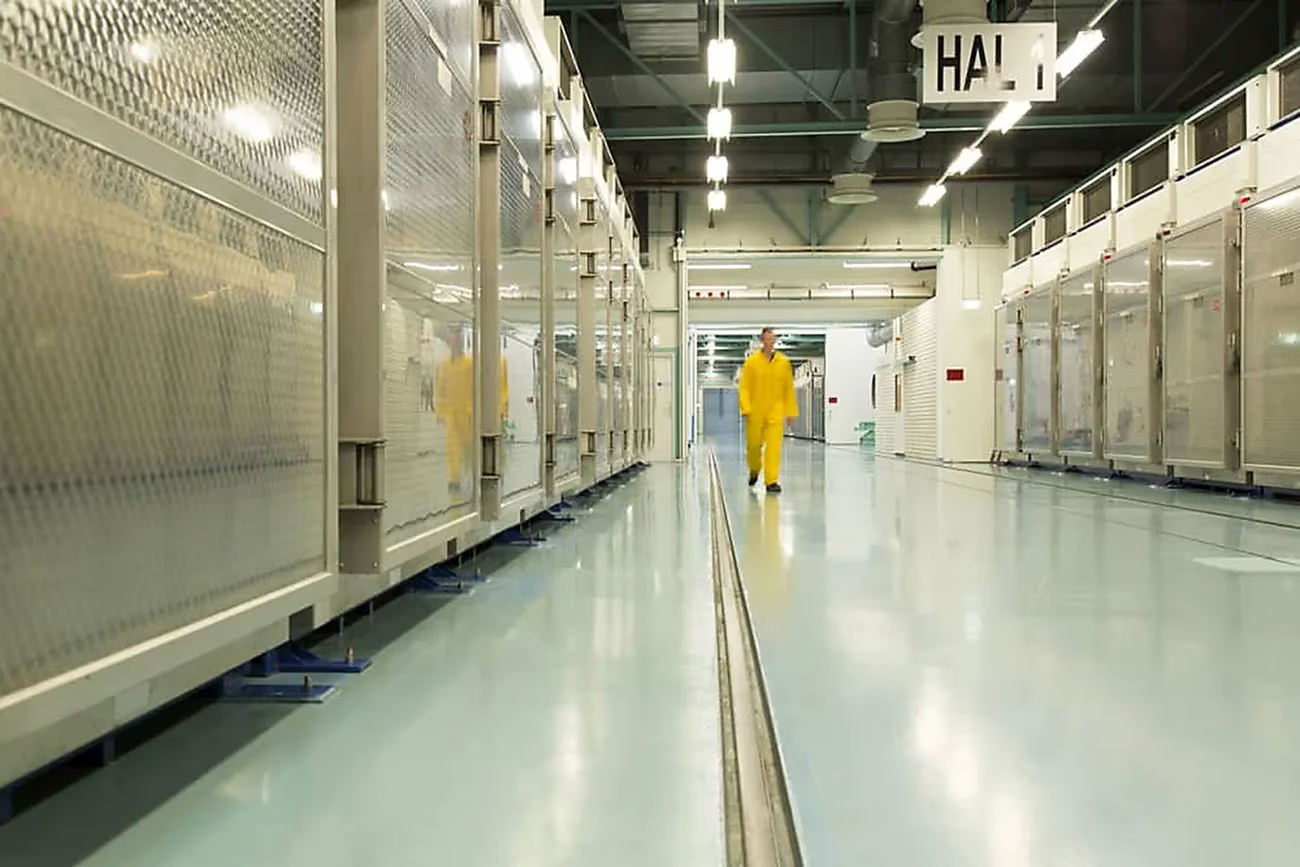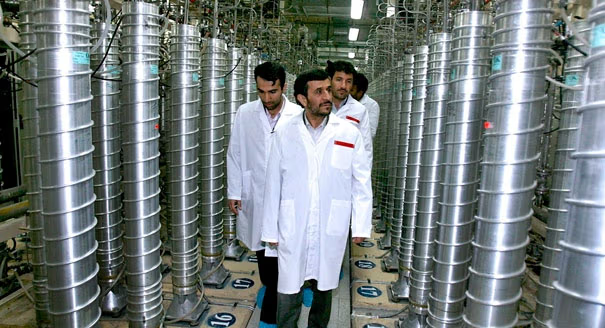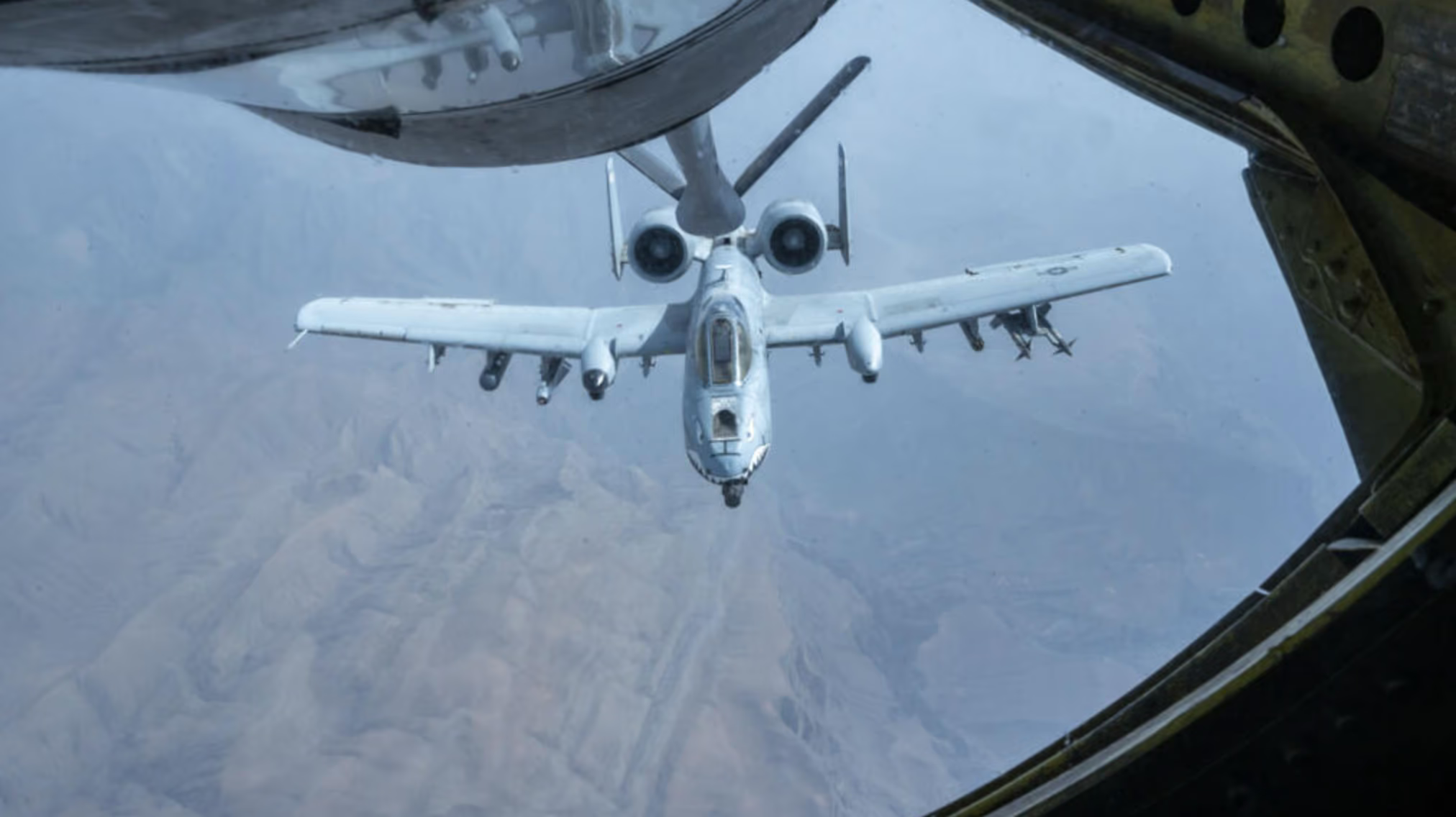The uranium enrichment facility in Fordow was built in the 2000s on premises controlled by the Islamic Revolutionary Guard Corps. It is located about 20 kilometres northeast of Qom—the Shiite holy city often referred to as Iran’s spiritual capital, notes the Financial Times.
Similar underground sites exist in other nuclear-capable countries: in the United States, Raven Rock in Pennsylvania; in Russia, Mount Yamantau in the Southern Urals; and counterparts can be found in China and North Korea. These are typically vast, secretive bunkers widely believed to be used for the production or storage of nuclear weapons. Such locations feature frequently in spy thrillers and conspiracy theories alike.
Iran began construction of the facility after it had officially suspended the military dimensions of its nuclear programme. Tehran acknowledged the existence of the Fordow plant only in September 2009—after the United States, the United Kingdom, and France disclosed related intelligence. Even close partners such as Russia and China, who were reportedly involved in Iran’s nuclear development, expressed displeasure at the attempted concealment. Fordow became fully operational by late 2011.

Interior of the Fordow facility. Photo released by the Atomic Energy Organization of Iran in November 2019.
In 2015, under the agreement brokered during the Obama administration, Iran committed to cease uranium enrichment at the Fordow site and convert it into a research facility. However, after the United States withdrew from the deal in 2018 at the initiative of Donald Trump, Tehran resumed enrichment activities.
Initially, in 2019, Iran announced plans to enrich uranium to 5%, then to 20%. By 2023, the IAEA detected uranium enriched to 83.7% at the facility—dangerously close to weapons-grade level.

Fordow facility.
The Natanz and Fordow facilities represent two distinct phases in the development of Iran’s nuclear programme. While Natanz is associated with large-scale production of low-enriched uranium, Fordow embodies a strategy of resilience under pressure and retains the capacity for a rapid “breakout” toward nuclear weapons capability. As the Financial Times notes, this underground complex is not merely a technical installation but a political statement.
On 13 June, Israel carried out airstrikes on several key sites of Iran’s nuclear infrastructure, including Natanz. Fordow, shielded by dozens—perhaps hundreds—of metres of rock, was not targeted: Israeli forces appear to have limited their action to suppressing the air-defence systems around it. According to the IAEA, the underground facilities remained intact and the plant continues to operate. Iran officially stated that the damage from the strikes was limited, though it acknowledged that some surface structures were hit.
A Direct War

Trump Has Done What He Promised to Avoid
The Strike on Iran Turns a Pressure Strategy Into an Unpredictable Gamble

Israel Strikes Iran, Accusing It of Seeking Nuclear Weapons
Yet Israel Itself Has Long Possessed Them—Though Never Officially Admitted
It is widely believed that Israel lacks the capability to inflict critical damage on Fordow without U.S. involvement. Destroying such a facility would require ultra-powerful bombs, which are in the possession of the U.S. military.
While Israel continues its military campaign, Washington is seeking to bring Tehran back to the negotiating table. According to Axios, President Donald Trump is considering a meeting between his special envoy, Steve Witkoff, and Iranian Foreign Minister Abbas Araghchi in the coming days.
Trump insists that the U.S. is not aiming for a temporary truce but for the “complete capitulation” of Tehran. For him, America’s bunker-busting bombs remain primarily a tool of pressure. Israeli Prime Minister Benjamin Netanyahu, by contrast, hopes Washington will move beyond threats to actual intervention.
Within the U.S. administration, there is no consensus on future strategy. Steve Witkoff and Vice President J.D. Vance lean toward finding a compromise, while Secretary of State Marco Rubio holds a hard line, demanding that Iran completely abandon uranium enrichment. At the core of the debate is whether Tehran should be granted an exception to the widely accepted norm: that non-nuclear states pursuing civilian nuclear energy must rely solely on imported fuel.
Iran, for its part, rejects the U.S. initiatives as a deceptive ploy, citing Trump’s unilateral withdrawal from the previous agreement. Supreme Leader Ali Khamenei has declared that Washington is not prepared to lift sanctions in any meaningful way and is merely escalating pressure on the country.
Experts interviewed by the Financial Times warn that if Tehran decides to move into the active phase of weapons development, Fordow is likely to play a central role. Based on current stockpiles of highly enriched uranium, they estimate that Iran could produce material for nine warheads within three weeks. The first 25 kilograms of weapons-grade uranium could be obtained in just two to three days.
However, according to U.S. intelligence assessments reviewed by CNN, it could take Iran at least three years to actually build a functional nuclear weapon.
No More Proxies

Israel Strikes Iran’s Nuclear Facilities
The Campaign Weakens Tehran but Doesn’t Eliminate the Threat

Netanyahu Ignores Trump’s Warnings and Launches Operation Against Iran

